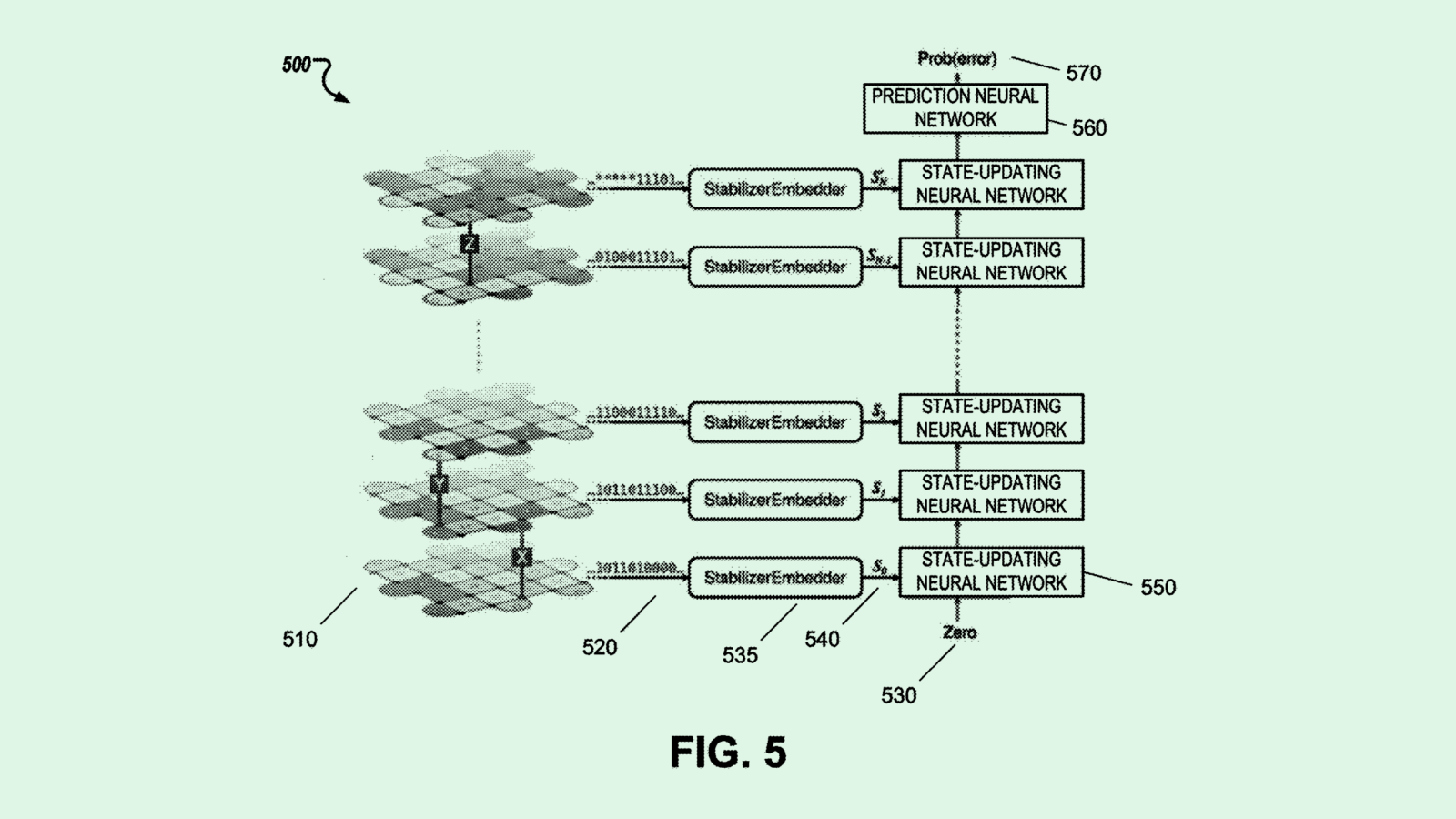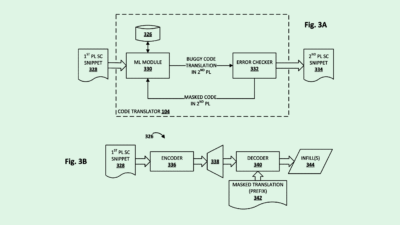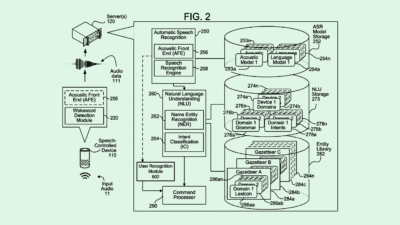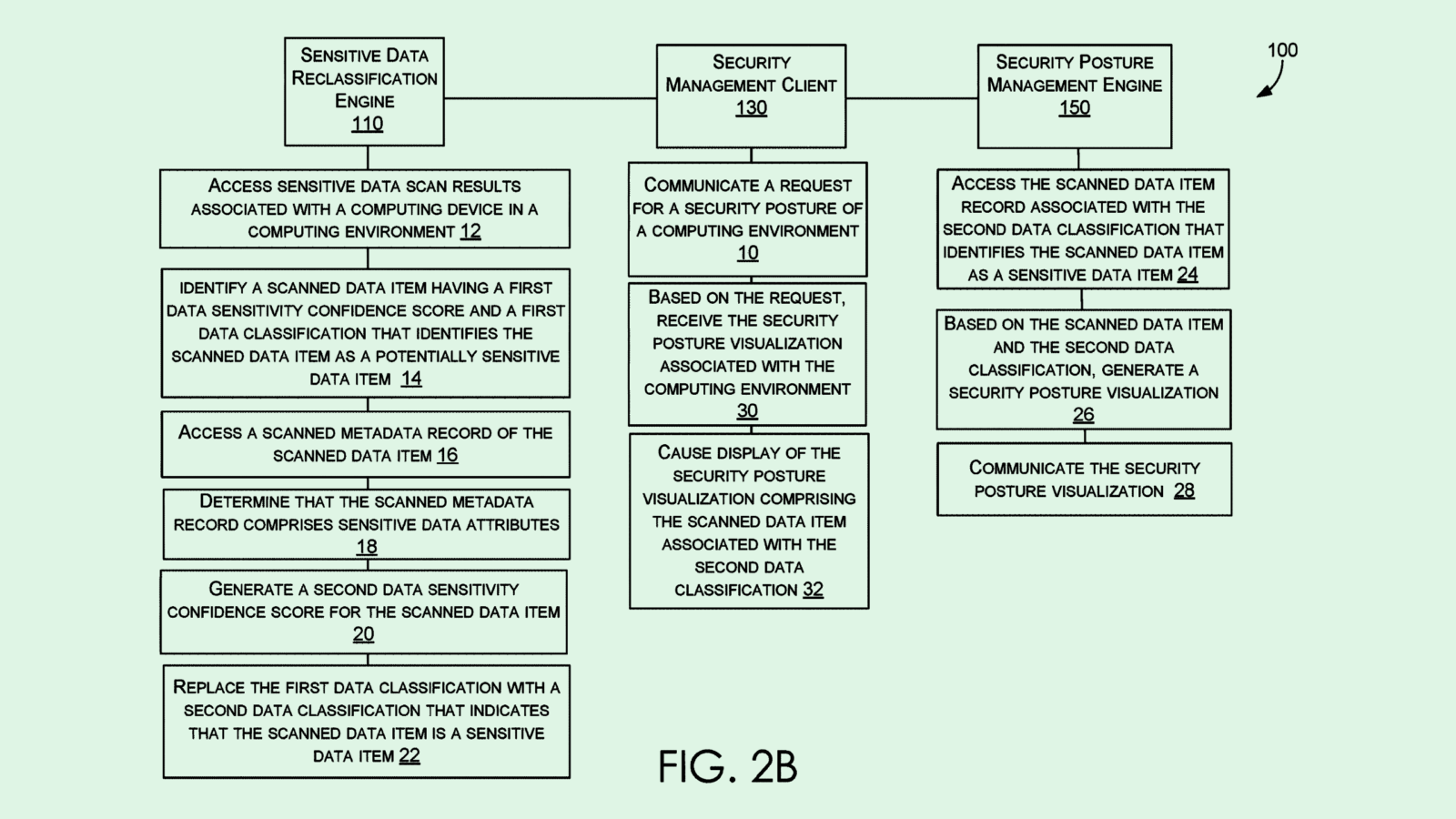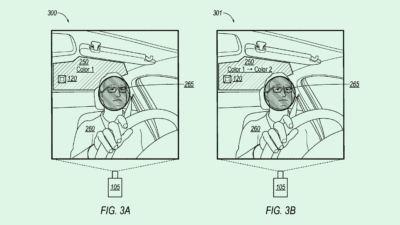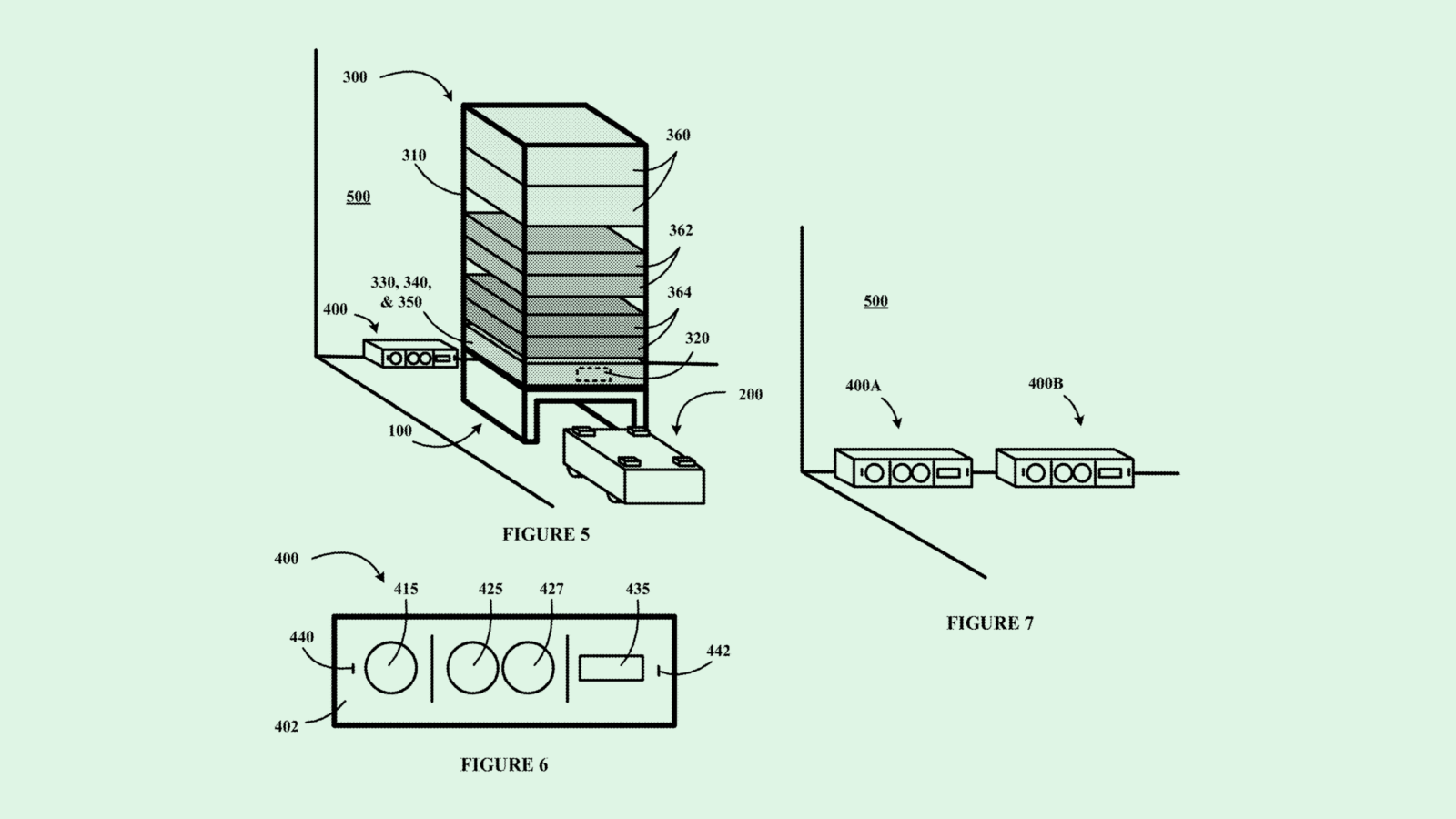Google Patent Could Overcome Quantum Cooling Barriers
Google could help cool down quantum computers while they work with classical ones.
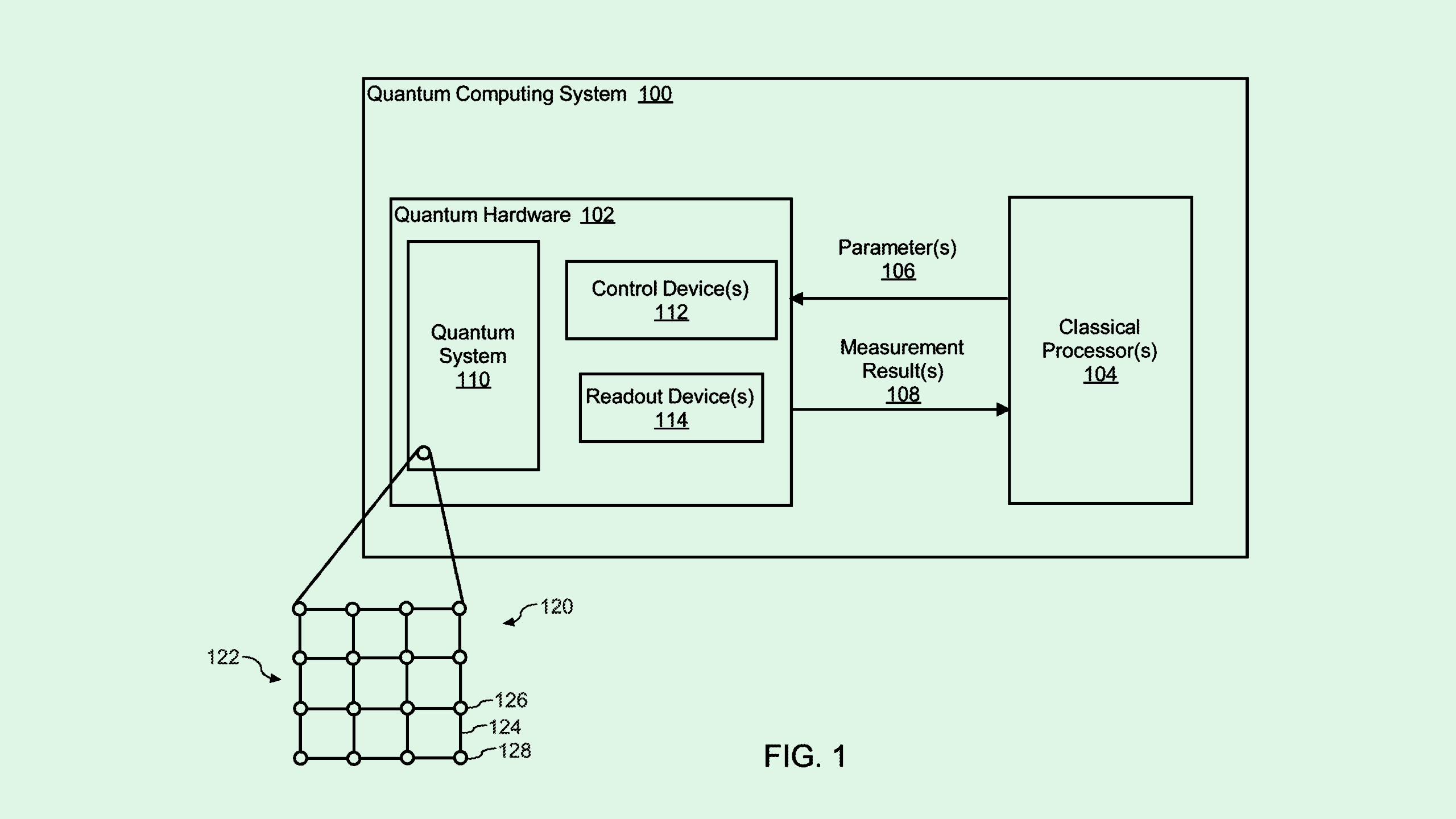
Sign up to uncover the latest in emerging technology.
Quantum computers run hot. Google wants to cool them down.
The company is seeking to patent a “cryogenic cooling system” for “multi-unit scaling of quantum computing.” Google’s tech uses multiple stages of cooling to properly get a quantum computer to the extremely low temperature it needs to operate.
The reason quantum computers need to be kept so cool is that they rely on “superconductivity,” or conducting an electrical current without energy loss, to operate, Google said. “A challenge associated with quantum computing includes cooling quantum hardware … to a temperature at which the superconducting qubits achieve superconductivity.”
Google’s tech uses seven stages to cool these devices close to cryogenic “absolute zero” temperatures, referring to the lowest point on the Kelvin scale — nearly -460 degrees Fahrenheit.
The first stage starts above 60 kelvins, or roughly -350 degrees Fahrenheit, and the drops between temperatures get smaller at each stage, reaching around 20 millikelvins (-459 degrees Fahrenheit) by stage seven. This tiered method ensures that there isn’t a dramatic drop in temperature that could damage the quantum components.
Quantum computing faces a number of barriers to scaling. The stability of these devices is deeply impacted by their environment. The most advanced ones have only reached just over 1,000 qubits, and, as Google’s patent addresses, they need to be kept near absolute zero.
“This patent really shows that they’re trying to improve their mastery of [quantum], at least on the cooling side in terms of temperature efficiency, because you don’t want to spend too much energy cooling,” said Ashley Manraj, chief technology officer at Pvotal Technologies.
Quantum computers need to be kept in extremely isolated environments, making their usefulness and collaboration with classical computers limited. “Getting the normal computer itself next to a quantum computer ends up being a problem,” said Manraj.
“This patent is interesting because the objective seems to be to maintain efficient stages of cooling and progressively have regular computers be introduced next to the quantum workload,” he added.
While these obstacles remain significant, the advantages of this market may be underestimated, said Manraj. A quantum computer’s main strength is optimization, he said, which in theory can be applied to practically any field: economics, agriculture, logistics, government, and more. “Basically, we don’t even know what we don’t know,” he said.
Researchers are constantly making progress on this tech, said Karthee Madasamy, founder and managing partner at deep tech venture fund MFV Partners, and many have gone from focusing on physics problems to engineering ones.
“We came to the edge of Moore’s law a few years ago,” said Madasamy. “This is really the next generation of computing.”
And while very few working quantum computers exist, they’re something that Google, IBM, Amazon, and practically every hyperscaler company have their eyes on, he said. There likely won’t be one clear “winner” of quantum computing, he said, but a combined effort of “multiple architectures” that pushes the boundaries.
“Even supercomputers cannot solve many of these problems — it’ll take them thousands of years to solve a problem that can be done in a few minutes [with quantum],” said Madasamy. “I have not seen any other technologies that can leap from current trends of computing to newer things that we can achieve.”
